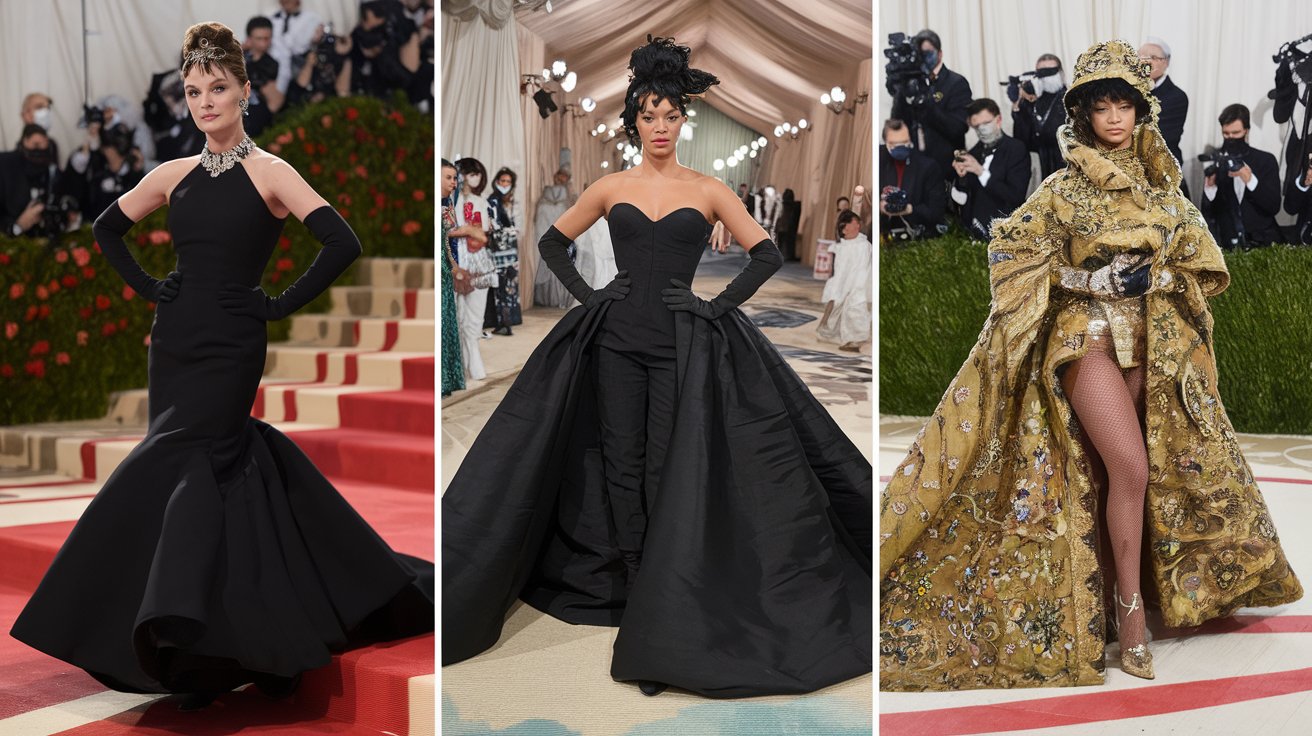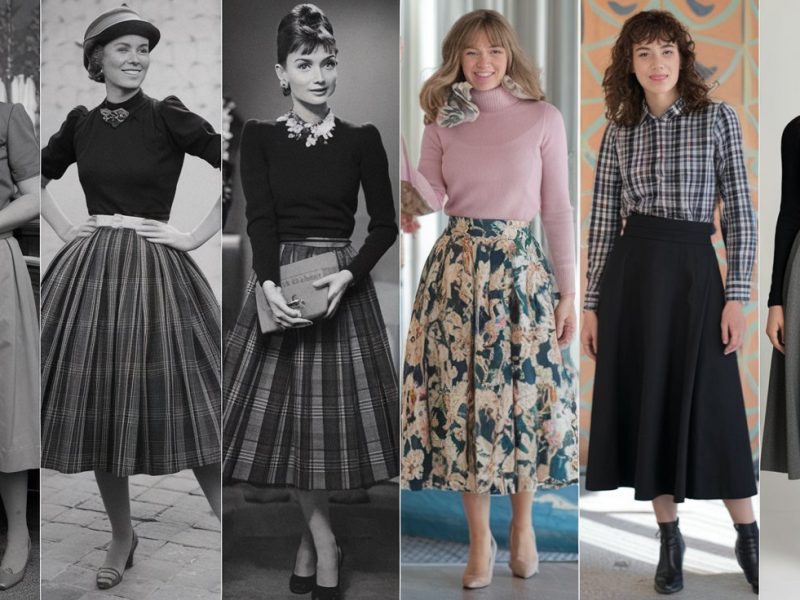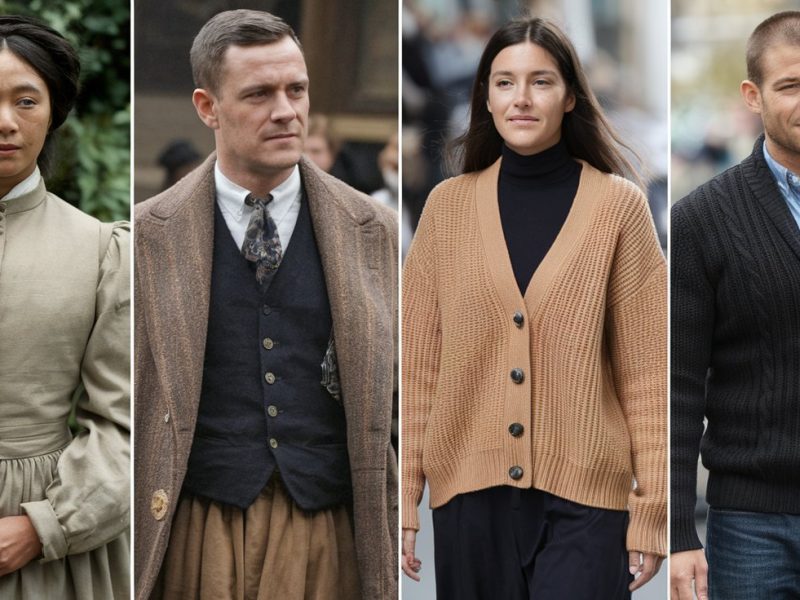Unforgettable Fashion Moments and the Stories They Carry
Every piece of clothing holds a hidden story. In the endless swirl of runway shows and hashtags, a few moments manage to stop time and leave a lasting mark on global culture. For stylists, content creators, or businesses shaping their own identity, understanding why certain looks become legendary while others fade is key. By studying these moments, we gain deeper insight into the art, history, and personal messages sewn into every seam.
This article reflects on four major fashion events—from Audrey Hepburn’s little black dress to Rihanna’s gold-embroidered cape—and the complex process behind their creation. It also discusses how trends are shaped by pop culture, new technology, and international exchanges. In the end, we look at how using story-driven style can strengthen both personal branding and business strategy.
The Role of History in Every Iconic Look
Scrolling through a feed, it’s easy to be drawn to fresh collections. But it’s often deeper forces that leave a mark—politics, economics, and a designer’s vision. In 1947, Christian Dior launched the “New Look”—full skirts and cinched waists—as a response to wartime fabric rationing. Every pleat became a statement of recovery. In the 1960s, Mary Quant challenged conservative views with the miniskirt. From Carnaby Street, her message of freedom and youthful energy spread fast.
Today, excellence in design goes beyond silhouette. Origin and impact matter just as much. Stella McCartney proved luxury can coexist with ethical production through leather-free collections with low carbon footprints. When we mention iconic fashion moments, we also refer to the feelings they evoke and the responsibilities they carry.
Four Moments That Redefined Couture
- Audrey Hepburn in “Breakfast at Tiffany’s” (1961) – The sleeveless black dress by Hubert de Givenchy became a timeless symbol of understated elegance.
- Michael Jackson and the Red Leather Jacket in “Thriller” (1983) – A powerful fusion of music and fashion that continues to inspire streetwear today.
- Princess Diana and the “Revenge Dress” (1994) – A bold expression of independence during a personal turning point.
- Rihanna at the Met Gala in Guo Pei’s golden gown (2015) – A cultural crossover between East and West turned into wearable art.
The Craft Behind the Spotlight
Audrey Hepburn didn’t just wear the dress—she collaborated in its creation. During late-night fittings, she worked with Givenchy to perfect the collar’s shape and the waistline’s curve. The result became the blueprint for capsule wardrobes for over sixty years.
Michael Jackson partnered with costume designer Deborah Nadoolman Landis to blend military cues with bold pop colors. The jacket was instantly recognizable—even in silhouette, even through stage smoke. Today, concerts that remix pop history often recreate it to honor its legacy.
Princess Diana’s silk crepe gown by Christina Stambolian stayed unworn for years in her closet. Then she chose it for a charity gala. One appearance changed the narrative—from reserved royal to confident individual making a statement through style.
For Rihanna, the process took nearly two years. The intricate embroidery was hand-stitched in Beijing. Weighing 25 kilograms, the cape needed two assistants just to be displayed properly on the red carpet. Despite the memes, admiration for the craftsmanship remains.
Pop Culture’s Impact on Current Style
Hepburn’s black dress influenced many minimalist collections and workplace wardrobes. Meanwhile, Jackson’s red jacket reignited the love for color blocking in sneaker culture. When influencers bring back these looks on platforms like TikTok, the emotion resurfaces—showing that past concepts can resonate in fresh ways.
Celebrities aren’t the only ones driving this cycle. Fans recreate legendary outfits through DIY versions, building stronger links between audience and design. This back-and-forth movement keeps fashion circulating between high couture and streetwear—both uplifting each other in the process.
Global Style Exchange Across Continents
Europe still highlights cities like Paris, Milan, and London, but textiles from Accra and Lagos are making waves. Bold patterns now blend with classic tweed, forming new color languages. In North America, streetwear rooted in hip-hop and skateboarding is merging with tech fabrics for lighter, more durable results.
Tokyo and Seoul lead with experimental silhouettes—wide shoulders, asymmetrical cuts, and futuristic fabrics echoing K-pop and anime. São Paulo Fashion Week celebrates vibrant artisan techniques like macramé and natural dyes from the Amazon. Meanwhile, Sydney and Auckland push for greener fabrics made from seaweed fiber and regenerated nylon, giving voice to sustainability.
The Role of Technology in Modern Couture
Design is evolving through advanced software. Some studios use 3D printing for accessories—lightweight but sturdy. Artificial intelligence helps with pattern-making, reducing fabric waste. Recently, fashion houses have launched metaverse pop-up showrooms. Clients use digital avatars to try on collections, adjusting sleeve length via haptic gloves. The updates are then sent to tailors for real-world assembly.
Blockchain is also entering the scene. With one QR code, users can trace where the cotton was farmed and how much energy was consumed during production. This level of transparency meets growing calls for ethical standards.
New Names Making Fashion History
Telfar Clemens challenged exclusivity by creating a luxury bag that sells out in minutes. His design became a symbol of inclusive style. Marine Serre, on the other hand, uses recycled bedsheets and denim for over half her materials, blending high fashion with environmental care.
Simone Rocha from Ireland balances power and softness with her “soft armor” concept—pairing pearls with structured tulle. In Seoul, Minju Kim brings joy with oversized shapes and cartoon-inspired prints, sparking hope in young designers. Masaba Gupta in Mumbai adds bold graphic motifs to the traditional sari, bridging respect for heritage with fearless modern design.
Lessons for Personal Branding in Fashion
A stunning photo means little without a story. Coco Chanel discarded stiff corsets for comfort, attracting women with the promise of movement. Steve Jobs’ black turtleneck quietly signaled minimalism and focus, turning it into a signature—even without explanation.
Choosing a “signature” should reflect a message. Whether it’s a bold color, standout accessory, or preferred shape, the goal is emotional connection. Like Karl Lagerfeld’s crisp white collars and black sunglasses, a clear silhouette speaks volumes.
Consistency helps too. No need to wear full couture every day—just repeat one element to stay recognizable. In the online space, clear visual identity acts as an instant message for visitors scrolling through your feed or storefront.
Fashion is more than fabric and fasteners. It reflects courage, creativity, and social change. From Dior’s New Look to Rihanna’s gilded entrance, each landmark moment proves that clothing can carry stories of identity, hope, and resilience. By applying these lessons, we’re not simply following trends—we’re crafting lasting style that reflects who we truly are.


